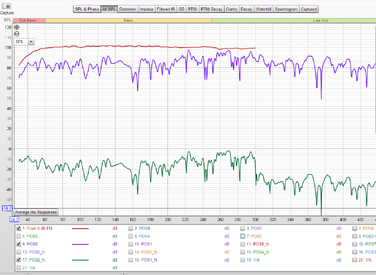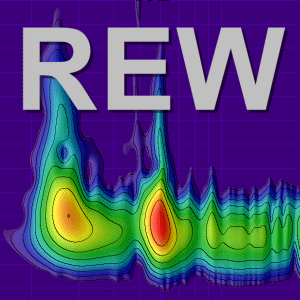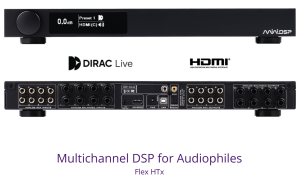Matthew J Poes
AV Addict
Thread Starter
- Joined
- Oct 18, 2017
- Posts
- 1,905
hey John could you explain a bit about exactly what the different trace arithmetic is doing?
When I divided the same measurement into itself I expected to see a flat line at 1, but didn't get that. Either I'm a dummy and just didn't click the right buttons or it doesn't work as I thought it would.
We talked before about taking two time aligned measurements with and without absorption and dividing one into the other. I would expect this to give me a ratio of absorbed to unabsorbed energy in the reflection.
I want to make sure I know how to interpret these but I'm not sure I have quite wrapped my head around this yet. I'm sure once you explain it, it will make sense. I think I get that adding or subtracting two measurements is akin to adding or subtracting a sound source. Right?
When I divided the same measurement into itself I expected to see a flat line at 1, but didn't get that. Either I'm a dummy and just didn't click the right buttons or it doesn't work as I thought it would.
We talked before about taking two time aligned measurements with and without absorption and dividing one into the other. I would expect this to give me a ratio of absorbed to unabsorbed energy in the reflection.
I want to make sure I know how to interpret these but I'm not sure I have quite wrapped my head around this yet. I'm sure once you explain it, it will make sense. I think I get that adding or subtracting two measurements is akin to adding or subtracting a sound source. Right?















